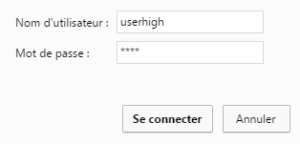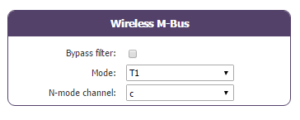Looking for something else?
Tunnel – LOGGER configuration parameters: “LOGGER_”
LOGGER_ prefix parameters relate to MTX internal datalogger features.
Datalogger has to be enabled when reading ModBus equipment connected to a serial port. Datalogger can be used to store readings and the status of inputs/outputs.
Table of Contents
LOGGER_enabled
Description: enable internal MTX-Tunnel datalogger. It will store RF cards –Wavenis cards- readings, input/output values/statuses and Modbus data in the memory and sends it to a http server using GET via a JSON object.
Possible values:
- on, off
- Default value: off
Additional notes:
- Please use the account support line at iotsupport@mtxm2m.com for further information
LOGGER_password
Description: this parameter can set a user password string that can be used in every JSON object frame that goes to the end server.
Possible values:
- A text string with a maximum of 64 characters
- Default value: none
Additional notes:
- Please use the account support line at iotsupport@mtxm2m.com for further information
LOGGER_server
Description: This parameter sets the server’s URL datalogger and sends its saved data using a JSON object character.
Possible values:
- A text string with a maximum of 256 characters
- Default value: none
Additional notes:
- URL example:
www.midominio.com/set.asp?V=
V is the variable used to send JSON information to the server - Please use the technical support line at iotsupport@mtxm2m.com for further information
LOGGER_registerSize
Description: This parameter sets the register size of the non volatile Flash internal datalogger for JSON objects. E.g. If using a remote Wavetherm temperature sensor, the reading will be stored in the memory in a JSON format:
{“IMEI”:357973041110401,”TS”:”18/10/12 10:04:37”,”P”:”matrix”,”A”:0B19083000D3,”BAT”:0,”T1”:23.4375,”T2”:0.0 }
The parameter value should be at least the maximum frame length that a JSON frame has.
In the above example it would be be 110. If you do not know what it could be, use 300 as the value.
Possible values:
- 10… 1024
- Default value: 100
Additional notes:
- Please use the technical support line at iotsupport@mtxm2m.com for further information
LOGGER_numRegistersFlash
Description: This parameter allows you to specify the maximum number of records that the MTX-Tunnel can store in its internal flash memory.
Possible values:
- 1… 10000
- Default value: 1500
Additional notes:
- Remember that the flash memory is used in cases where the MTX-Tunnel doesn’t have, at a given moment, 2G/3G/4G connectivity for the broadcasting of information. This memory is used to ensure records are not lost. When 2G/3G/4G connectivity is back those records will be sent again via GPRS.
- It is recommended that the data file (data.txt that will be automatically created inside the modem) doesn’t occupy more than 1MByte. Remember that the size of the file is calculated by multiplying LOGGER_numRegistersFlas x Logger_registerSize.
LOGGER_ioPeriod
Description: Period time datalogger takes readings from digital and analog inputs, stores them to memory and afterwards, they are sent to server using a JSON object.
Possible values:
- 0 (disabled), 30… 2592000
- Default value: 0
Additional notes:
- See this or this scenario examples for more information. Please use the technical support line at iotsupport@mtxm2m.com for any further questions
LOGGER_serverLogin
Description: This parameter allows you to specify the login (user name) that the MTX-Tunnel must use to send data to a Web platform that has an authentication system of Login and Password.
Possible values:
- String of up to 64 characters
- Default value: none
Additional notes:
- If your web platform does not use a simple authentication system based on Login and Password then it is not necessary to include this parameter in the set up file. Its use is only compulsory in web platforms that use authentication mechanisms
- This parameter is available from version MTX-Tunnel 7.27
LOGGER_serverPassword
Description: It allows you to specify the password to be used by the MTX-Tunnel to send data to a Web Platform with an authentication system of Login and Password.
Possible values:
- String of up to 64 characters
- Default value: none
Additional notes:
- If your web platform does not have a simple authentication system of Login and Password, then it is not necessary to include this parameter in the setting file. It is only compulsory for web platforms with authentication systems
LOGGER_serialFrequency
Description: This allows you to establish the frequency with which the internal logger must register the received serial data.
Possible values:
- 0… 1000 (seconds)
- Default value: 0
Additional notes:
- This configuration parameter is valid in versions from MTX-Tunnel 8.10
- A value of 0 means that no data is registered in the modem’s serial port.
- A value of 1 means all received data is registered in the serial port.
- A value of 6 means 1 in every 6 data strings is registered. This is useful in situations such as with a temperature sensor that automatically sends data (without the option to change this), and we need to change the frequency.
- The data should be sent consecutive, without pauses. The maximum size is 256 bytes.
LOGGER_serialData1… LOGGER_serialData10
Description: this allows you to configure up to 10 data strings to be sent by the modem; i.e. every X seconds (configured in the LOGGER_serialPeriod parameter), MTX will send this data via serial ports, logging the responses to send them to a platform at a later time.
Possible values:
- A5B78912… FE80916F (string in hexadecimal)
- Default value: none
Additional notes:
- This configuration parameter is valid in versions from MTX-Tunnel 8.10
- The strings must be in hexadecimal format
- Data is sent according to the period indicated in the LOGGER_serialPeriod parameter. The minimum pause between each of the 10 strings being sent is 2 seconds
- The response from the device connected to the serial port can’t be more than 256 bytes
LOGGER_serialPeriod
Description: this specifies how often the modem will send data contained in the LOGGER_serialData1 … LOGGER_serialData10 parameters.
Possible values:
- 0 (disabled), 30… 2592000
- Default value: 0
Additional notes:
- This configuration parameter is valid in versions from MTX-Tunnel 8.10 Please consult the examples for a clearer understanding of this parameter. If you require additional help, contact iotsupport@mtxm2m.com.
LOGGER_https
Description: Allows to state if information is sent via http or via https in encrypted format.
Possible values:
- on, off
- Default value: off
Additional notes:
- Keep in mind that if you want to activate this option, you will need a web server with SSL support
LOGGER_httpMode
Description: Allows to choose the type of communication to be used with a Web Platform. It is possible to choose between “getjson” and “postjson.”
Possible values:
- getjson, postjson
- Default value: getjson
Additional notes:
- Here are some examples of the format of data sent both by means of getjson and postjson methods. Remember that data frames sent by Logger can be very diverse, because Logger is engaged in different internal processes of MTX-Tunnel. The following examples show Logger frames where the I/O of MTX-Tunnel are sent every certain period of time (LOGGER_ioPeriod >0). They belong to ‘IOS” type, but it is possible to receive the following types: “IOS”, “SERIAL”, “TEMP”, “WMBUS”, WAVT”, “WAVSC”, “WAVSV”, “WAVF”, “WAVL”, “POWER”, “MBUS”
- Example of “getjson” mode:
{“TYPE”:”IOS”,”IMEI”:357042060366409, “P”:”ID00001”, “TS”:”09/08/16 18:32:53”,”IO1” :0,”IO2”:0,”IO3”:0,”IO4”:0, “IO5”:0,”IO6”:0,”IO7”:0,”IO8”:0,”IO9”:0,”IO10”:0,”AD1”:0,”AD2”:0, “CO1”:”0”,”CO2”:”0”}
Where:
TYPE: IOS frame type
IMEI: MTX internal indentification
P: user’s field in LOGGER_password parameter
TS: TimeStamp of when data are collected
IO1: Value of digital input/output 1 of the modem (if it is available)
IO2: Value of digital input/output 2 of the modem (if it is available)
IO3: Value of digital input/output 3 of the modem (if it is available)
IO4: Value of digital input/output 4 of the modem (if it is available)
IO5: Value of digital input/output 5 of the modem (if it is available)
IO6: Value of digital input/output 6 of the modem (if it is available)
IO7: Value of digital input/output 7 of the modem (if it is available)
IO8: Value of digital input/output 8 of the modem (if it is available)
IO9: Value of digital input/output 9 of the modem (if it is available)
IO10: Value of digital input/output 10 of the modem (if it is available)
AD1: Value of analog input 1 of the modem (if it is available)
AD2: Value of analog input 2 of the modem (if it is available)
CO1: Value of pulse counter input 1 (if it is available)
CO2: Value of pulse counter input 2 (if it is available)
- Example of “postjson” mode:
{“IMEI”:357042060366409,”TS”:”09/08/16 18:32:53”,”TYPE”:”IOS”,”IO1”:0,”IO2”:0,”IO3”:0,”IO4”:0,”IO5”:0,”IO6”:0,”IO7”:0,”IO8”:0,”IO9”:0,”IO10”:0,”AD1”:0,”AD2”:0,”CO1”:”0”,”CO3”:”0”}
TYPE: IOS frame type
IMEI: MTX internal indentification
P: user’s field in LOGGER_password parameter
TS: TimeStamp of when data are collected
IO1: Value of digital input/output 1 of the modem (if it is available)
IO2: Value of digital input/output 2 of the modem (if it is available)
IO3: Value of digital input/output 3 of the modem (if it is available)
IO4: Value of digital input/output 4 of the modem (if it is available)
IO5: Value of digital input/output 5 of the modem (if it is available)
IO6: Value of digital input/output 6 of the modem (if it is available)
IO7: Value of digital input/output 7 of the modem (if it is available)
IO8: Value of digital input/output 8 of the modem (if it is available)
IO9: Value of digital input/output 9 of the modem (if it is available)
IO10: Value of digital input/output 10 of the modem (if it is available)
AD1: Value of analog input 1 of the modem (if it is available)
AD2: Value of analog input 2 of the modem (if it is available)
CO1: Value of pulse counter input 1 (if it is available)
CO3: Value of pulse counter input 3 (if it is available)
LOGGER_header1, LOGGER_header2, LOGGER_header3
Description: allows to use personalized HTTP headers. Very useful for the communication between MTXTunnel and third-party web platforms (like THINGWORKS).
Possible values:
- Cadena ascii hasta 64 caracteres
- Default value: none
Additional notes:
- The headers format is the following: nameHeader;valueHeader . That is to say, fields are separated by ; (semicolon)
- You will find them necessary if you want your MTX-Tunnel to communicate with some generic platforms. For example, to communicate with Thingworks platform you will have to specify something similar to:
LOGGER_header1: Content-Type;application/json
LOGGER_header2: Accept;application/json
LOGGER_header3: appKey;194f5476-7346-4638-ac30-bbca28595be1
LOGGER_mode
Description: It allows to select the mechanism of data sending registered in the internal datalogger.
Possible values:
- http, mqtt, ftp
- Default value: http
Additional notes:
- If you select “mqtt”, remember to use the MQTT_ parameters indicated in this manual
- If you specify “mqtt”, you must also configure the LOGGER_mqttTopic parameter
- If you select “FTP,” you also need to specify the FTP server address, username and password in the following parameters respectively: LOGGER_server, LOGGER_serverLogin, and LOGGER_serverPassword
LOGGER_mqttTopic
Description: Configure the topic that MTX-Tunnel will use to publish all data stored in the Logger.
Possible values:
- String up to 64 characters
- Default value: none
Additional notes:
- In the same way as the MQTT_attopicX parameters, you can use the [IMEI] tag in the parameter and the MTX-Tunnel will internally replace that tag with the appropriate value. For example, if your modem has the IMEI 354740050182909 you could specify in the config.txt configuration file the value:
LOGGER_mqttTopic: [IMEI]/LOGGER
And the MTX-Tunnel would send logger data using the topic::
354740050182909/LOGGER

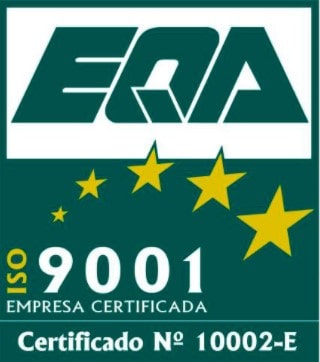
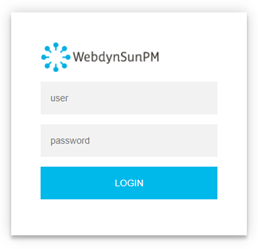
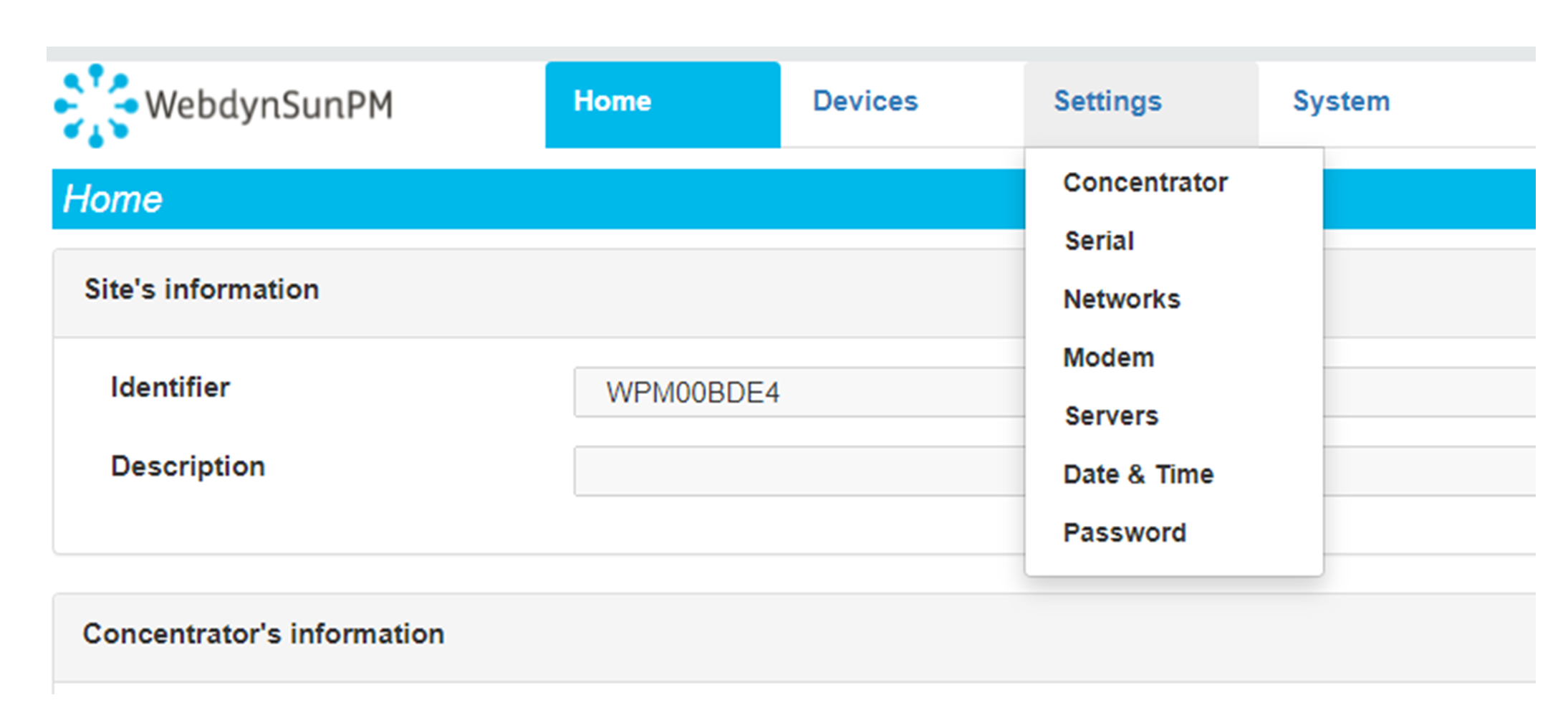 Enter the “ethernet” or “modem” connection type:
Enter the “ethernet” or “modem” connection type:
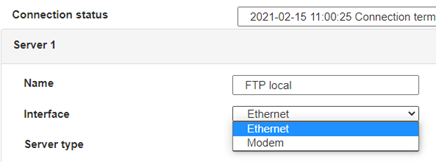 For an ethernet configuration, make sure the IP parameters are compatible with server access according to the concentrator local network configuration. For an ethernet connection, the configuration must be compatible with the concentrator’s local network topology so that it can access the servers. This configuration is done from the “Networks” configuration page (see section 3.2.2.3: “Networks”).
For a modem connection, the modem configuration must be correct before a connection can be set up. This configuration is done from the “Modem” configuration page (see section 3.2.2.4: “Modem”).
The parameters for the servers to be configured are at least the following:
For an ethernet configuration, make sure the IP parameters are compatible with server access according to the concentrator local network configuration. For an ethernet connection, the configuration must be compatible with the concentrator’s local network topology so that it can access the servers. This configuration is done from the “Networks” configuration page (see section 3.2.2.3: “Networks”).
For a modem connection, the modem configuration must be correct before a connection can be set up. This configuration is done from the “Modem” configuration page (see section 3.2.2.4: “Modem”).
The parameters for the servers to be configured are at least the following:
 Therefore the following fields need to be configured: “Interface”, “Type”, “Server type”, “Address”, “Port”, “Login” and “Password”.
The other fields can be left at the default values subject to the directories having been properly created beforehand. See section 3.1.2: “Configuration files” for more details.
Therefore the following fields need to be configured: “Interface”, “Type”, “Server type”, “Address”, “Port”, “Login” and “Password”.
The other fields can be left at the default values subject to the directories having been properly created beforehand. See section 3.1.2: “Configuration files” for more details.




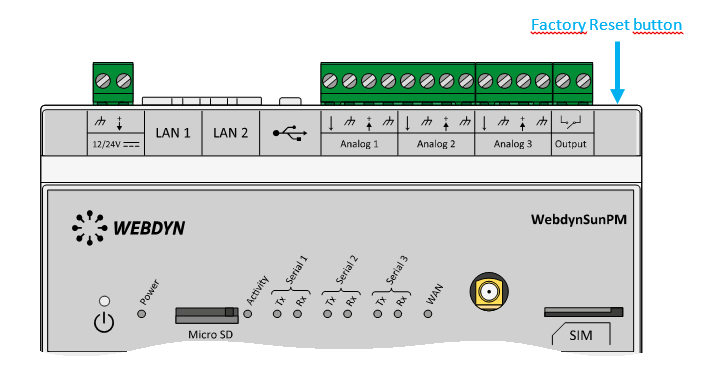 Wait. The concentrator will reboot using its factory configuration.
Wait. The concentrator will reboot using its factory configuration.

